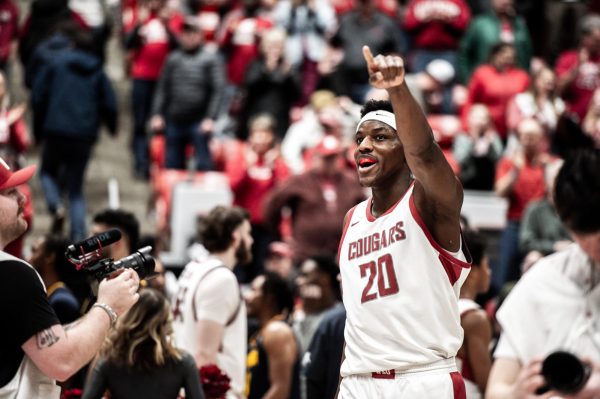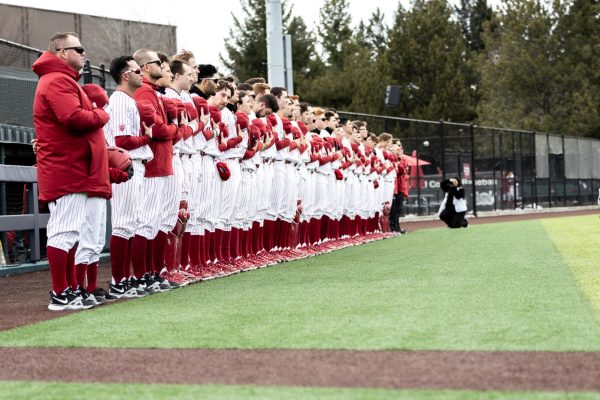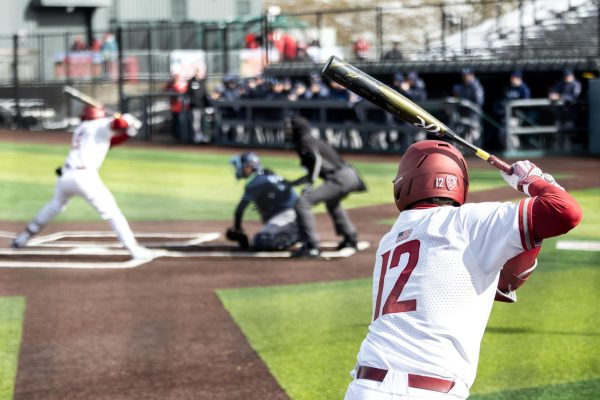NCAA ruining basketball with new defensive rules
March 12, 2014
The saying, “If it ain’t broke, don’t fix it,” does not apply to the rule committees of various major sports leagues.
Whether it is the NCAA, the NFL, NBA or MLB, rule changes to respective sports are always being announced prior to the season. Most of the time, they are small, subtle and hardly noticeable. But the rule changes that were implemented to NCAA basketball this year were not only noticeable; the changes also affected the way the game was played.
Rule committees should stop tinkering, and let the games that America has grown so in love with simply be. Let the players play, and don’t let referees take center stage.
Before the start of the 2013-14 season, the NCAA announced changes to the block/charge rule and placed new emphasis on defensive foul calls. Basically, in order to take a charge, defensive players had to become set earlier and could not put so much as a hand on an offensive player without a foul being called. Gone is the physical tenacity that can change momentum throughout a game and be used as a strategic advantage for teams who suffer on the offensive end.
If all that sounds like unnecessary tinkering, that’s because it is. Despite these defensive rule changes, offensive players are still allowed to initiate contact without a foul being called. This gives offensive players a distinct advantage in getting to the rim.
As a result, more fouls have been called, more points have been scored, and games have slowed down.
In the 2012-13 season, 222,720 fouls were called in Division I NCAA Men’s Basketball. In the 2013-14 season thus far, 243,067 fouls have been called. That’s an increase of more than 20,000 foul calls throughout the nation.
More fouls lead to more free throws, and more free throws lead to longer games because they are untimed.
As a result of more fouls, more teams are scoring more points through free throws, and defense is backing off to avoid foul trouble. In this season, 767,450 points have been scored. That’s an increase of about 6,000 more points than the previous season.
Because it is now easier to take the ball to the rim, three-point field goal attempts dropped dramatically this year. Teams shot 7,841 less 3-pointers this year than the year before.
So why make these rule changes? If one thing is clear in the world of sports, it’s that everything is dictated by money. And more money is brought in by more fans watching more games.
An article published on ESPN.com in January by John Clayton revealed that the NFL is America’s most popular professional sporting league because scoring is at an all-time high. Other sports are realizing this, and are doing everything they can to make it easier for teams to score.
But what the NCAA has done with basketball is backfiring. When you take away two of the game’s most exciting plays, charges and the three point shot, games are simply less exciting. While the three point shot will always be a factor, the fact is that there are 7,841 exciting plays fans saw in the 2012-13 season that they didn’t see this season.
What they saw instead were referees blowing their whistles, more stoppages in play, and more free throws. So while more points are being scored, it is at the expense of exciting plays.



















